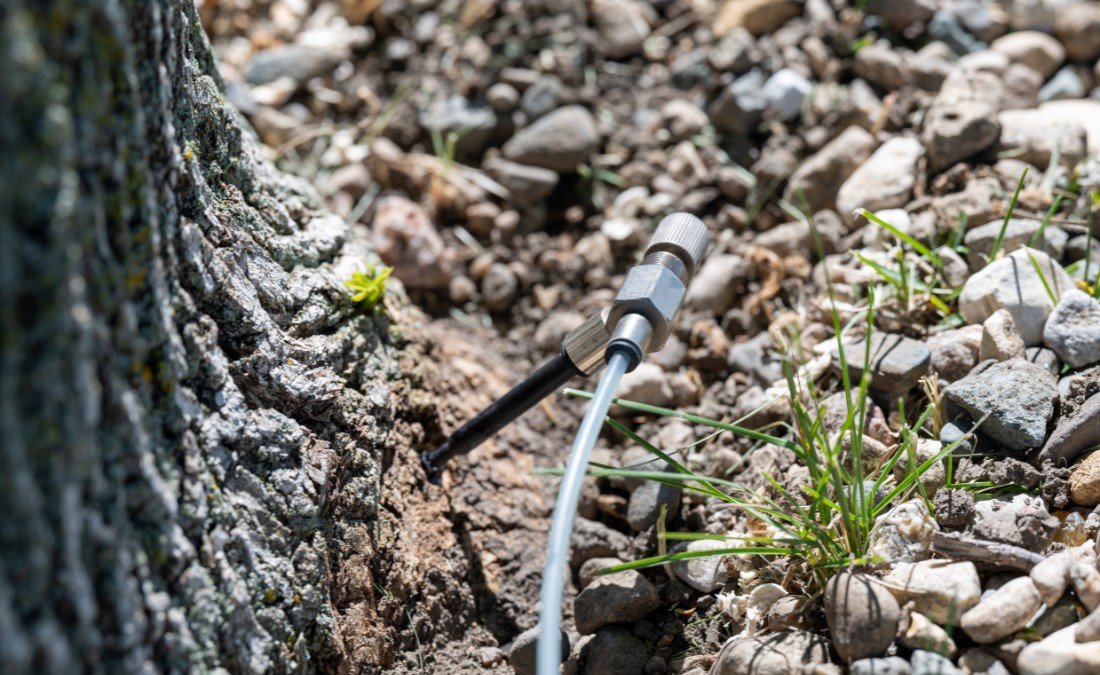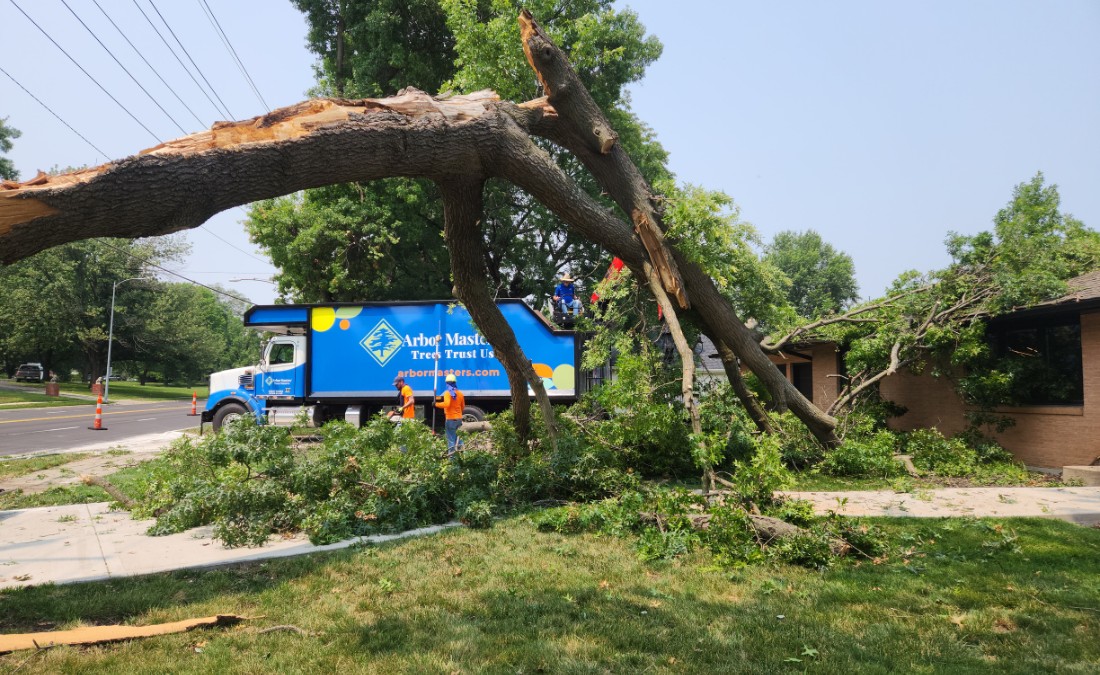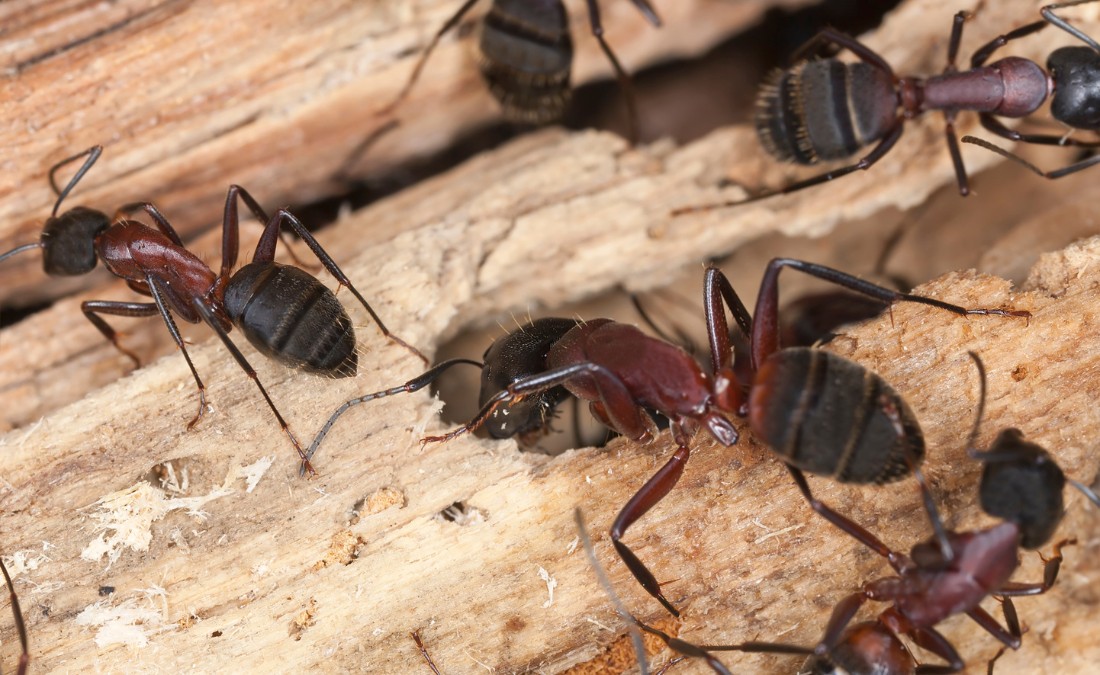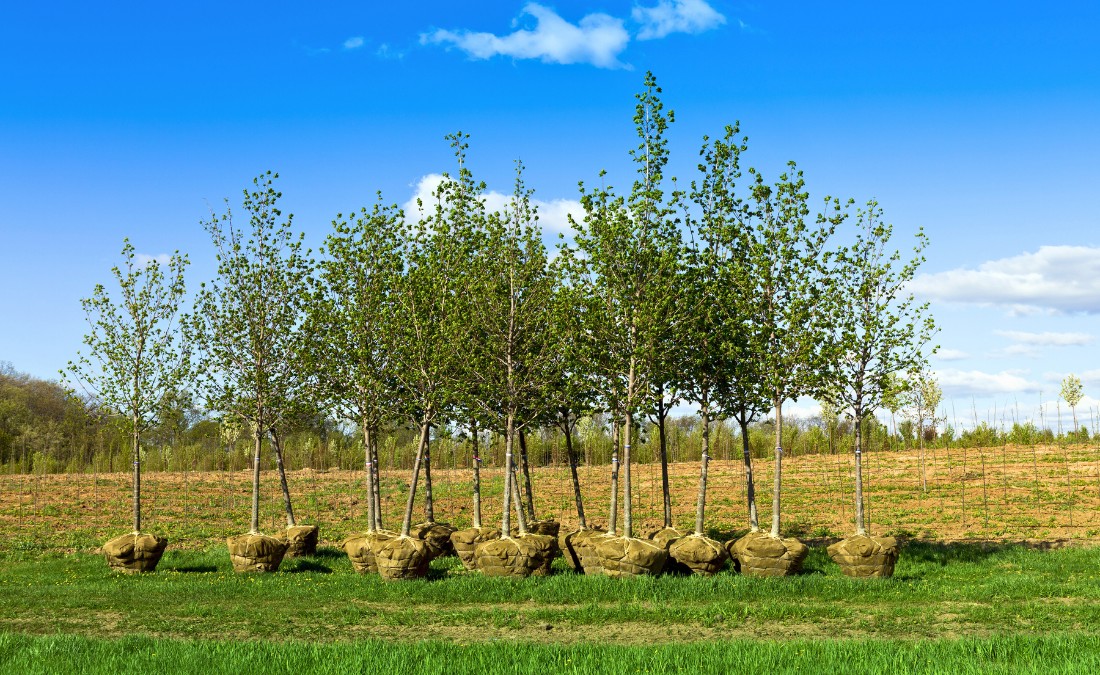Spider Mites are Crawling in Trees Near You

Like many other pests, Spider Mites are small arachnids that eat through your trees and plants and can cause serious damage.
What are Spider Mites?

Like many other pests, spider mites are small arachnids that eat through your trees and plants, potentially causing serious damage. These tiny pests are common all over the United States. Because they are so small, they can often be difficult to find before it’s too late to save your plants. At Arbor Masters, we specialize in comprehensive plant care and teach our clients how to look out for potential pests like spider mites in their own yards.
Spider Mite Basics
Where Do You Find Spider Mites?
Spider mites thrive in warm, dry conditions. They can be found on the trunk and branches of trees, as well as around fence lines or garden edges where spider webs may be present. Often, spider mites create webs and are found in groups of more than 100.
What Do Spider Mites Look Like?
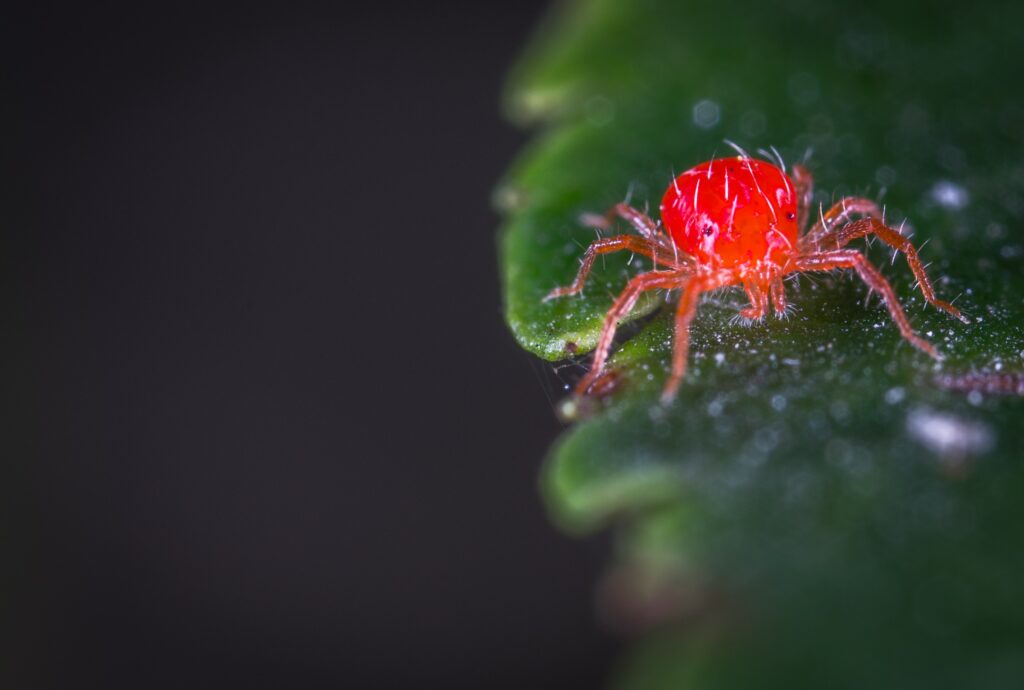
To the naked eye, spider mites look like little brown dots. They are very small, only about 1/50th of an inch. When examined through a magnifying lens, they appear yellow, reddish-brown, or green in color and have eight spider-like legs.
A good way to spot spider mites is by looking for spider webbing or tiny brown dots on the leaves of your trees. Dust-like substances around the trunk or branches may also indicate spider mite activity.
Our arborists advise holding a piece of white paper under a suspect leaf and flicking the leaf. If tiny brownish-red dots appear on the paper, you likely have spider mites.
Where Do Spider Mites Come From?
Spider mites generally thrive in warm, dry conditions and can move quickly indoors and from plant to plant. Spider mites are usually spread by wind and can survive in severe weather conditions such as flooding and strong winds. They often travel between neighboring yards or fields, leaving your yard vulnerable.
What to Do If You Find Spider Mites
Once you’ve identified spider mites, it’s time to take action! Contact your local arborist for a full evaluation of your spider mite infestation. At Arbor Masters, our arborists examine trees for pests and diseases daily. To get a quote for your spider mite inspection and treatment plan, contact us today.
Our arborists look for locations on your tree where mites have fed. The dead plant cells at these spots create white or yellow markings, indicating pest activity. While our arborists treat your trees, it’s also important to keep a close watch on pest activity to prevent rapid spread.
What is the Spider Mite’s Life Cycle?
The spider mite life cycle includes five stages. Adults lay eggs that produce larvae. As the larvae develop, they pass through two nymphal stages (protonymphs and deutonymphs) before reaching adulthood.
In warmer parts of the country, spider mites may feed and reproduce year-round. In colder areas, they overwinter under rough bark scales and in ground litter. New generations emerge in the spring and rapidly mature during hot summer weather.
How to Kill Spider Mites

The best way to eliminate spider mites is by combining physical and chemical control methods. Pruning infected plant material and spraying affected areas with water can help reduce populations. Chemical insecticides should be used only as a last resort. Some species are resistant to certain chemicals, so choose one carefully. Before applying any insecticide, consult your local arborist to ensure the health and safety of your trees and surrounding plants.
We also stress the importance of tree vigor through a plant health care fertilization program. Healthy trees or shrubs are less likely to be affected by insects.
How to Prevent Spider Mites
The best way to protect your tree from spider mites is to keep it healthy and properly maintained. Regular watering, fertilization, and pruning of damaged limbs can reduce the risk of infestation. Preventative spraying with insecticides can also help.
At Arbor Masters, we practice comprehensive plant care. From fertilization to pest control, we keep your trees in tip-top shape. Contact us today for a quote on holistic plant care services.

Want More Like This?
Get the latest local news, tree care tips, special offers, and company updates directly to your inbox! It's easy to subscribe and there's no spam - we promise.
"*" indicates required fields

